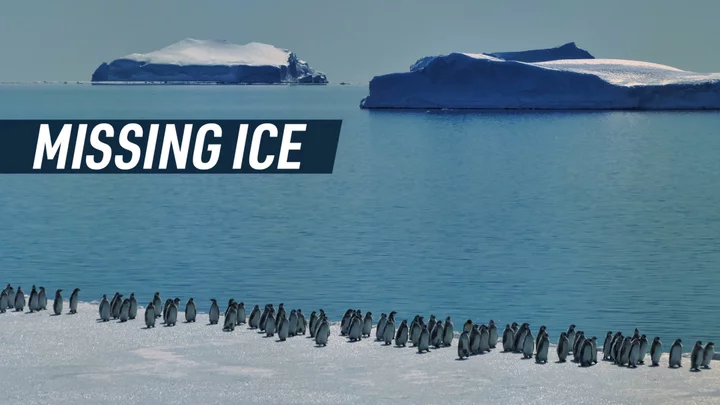The North and South Pole’s ice sheets play a fundamental role in Earth’s climate regulation. The vast white landscapes of the Arctic and Antarctica are, in a way, our planet’s air conditioners, as they keep temperatures cool by reflecting back sunlight that, were it not for the frost, would be absorbed by the darker surfaces beneath, like land and the deep ocean waters. It's an intricate system now increasingly vulnerable due to the warming temperatures.
The effects of climate change on the Arctic are far better understood than those in the South Pole. For years, it looked like Antarctica was not as affected by the climate crisis as its northern counterpart, and scientists were even observing an ice growth trend. Every winter (March-October), the amount of sea ice growing around the Antarctic doubles the size of the continent, though lately this has been changing. In September 2023 the minimum Antarctic sea ice extent reached a staggering 1.5 million square kilometres (or 36%) less than the 1929-2022 average daily sea ice minimum.
Researchers at the National Snow and Ice Data Center are still unsure what caused the dramatic sea ice decline. "There is some discussion about the Antarctic sea ice undergoing a regime-shift since 2016 toward a generally lower extent, and that maybe this could be a response to global warming; that is, the warming signal is starting to be seen in the Antarctic sea ice above the year-to-year variability," Walt Meier, a sea ice scientist at the National Snow and Ice Data Center (NSIDC), told NASA. "But it is hard to say at this point if it is a real shift and response to warming, or just a temporal multi-year variation."
NSIDC is expected to issue a full analysis of the possible causes behind 2023’s ice conditions, including aspects of the growth season, the setup going into the summer melt season, and graphics comparing this year to the long-term record.









